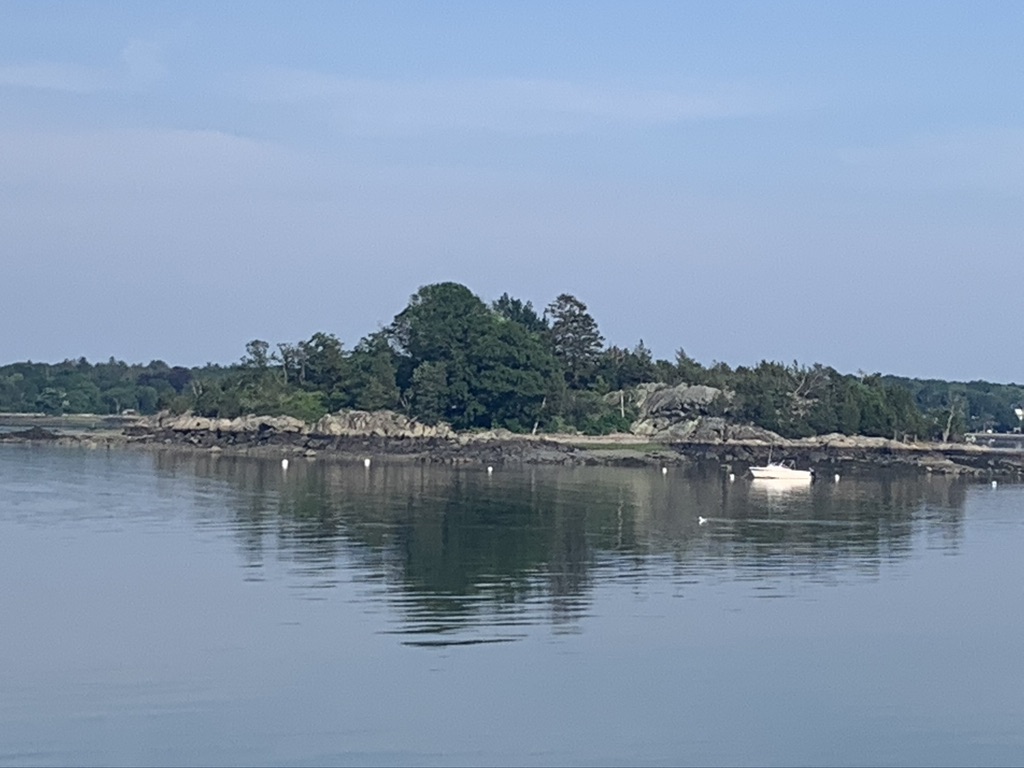|
Ragged Island (Massachusetts)
Ragged Island is an island in the Hingham Bay area of the Boston Harbor Islands National Recreation Area, in the U.S. state of Massachusetts. The island has a permanent size of , and it is composed of Roxbury puddingstone (pebbles embedded in finer-grained cement) which rises to a height of above sea level. Broken ledges surround most of the island with small gravel beaches on the southeast and northwest sides; there are also small tidal mudflats. The island was first occupied by John Langlee in the late seventeenth century. In the late nineteenth century, it was developed as part of a summer resort, and it has subsequently been the site of a restaurant and rustic observation shelters. Today, it is uninhabited and has an interesting mix of cultivated and naturalized plants, including lily-of-the-valley, daylily, silver maple, red maple, Norway maple, cedar, Norway spruce ''Picea abies'', the Norway spruce or European spruce, is a species of spruce native to Northern, Central ... [...More Info...] [...Related Items...] OR: [Wikipedia] [Google] [Baidu] |
Red Maple
''Acer rubrum'', the red maple, also known as swamp maple, water maple, or soft maple, is one of the most common and widespread deciduous trees of eastern and central North America. The U.S. Forest Service recognizes it as the most abundant native tree in eastern North America. The red maple ranges from southeastern Manitoba around the Lake of the Woods on the border with Ontario and Minnesota, east to Newfoundland, south to Florida, and southwest to East Texas. Many of its features, especially its leaves, are quite variable in form. At maturity, it often attains a height around . Its flowers, petioles, twigs, and seeds are all red to varying degrees. Among these features, however, it is best known for its brilliant deep scarlet foliage in autumn. Over most of its range, red maple is adaptable to a very wide range of site conditions, perhaps more so than any other tree in eastern North America. It can be found growing in swamps, on poor, dry soils, and almost anywhere in between. ... [...More Info...] [...Related Items...] OR: [Wikipedia] [Google] [Baidu] |

